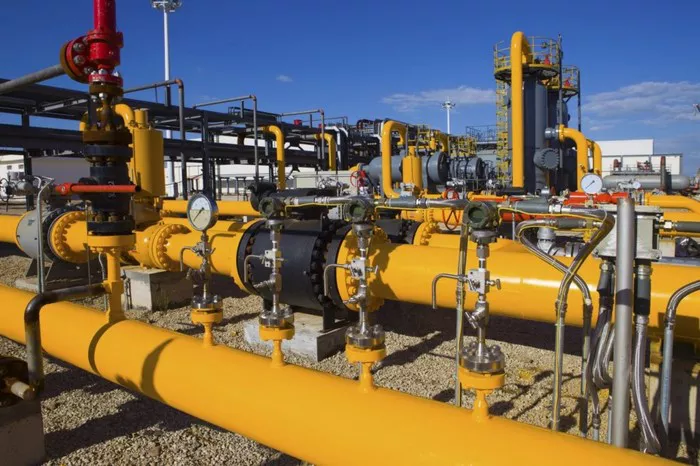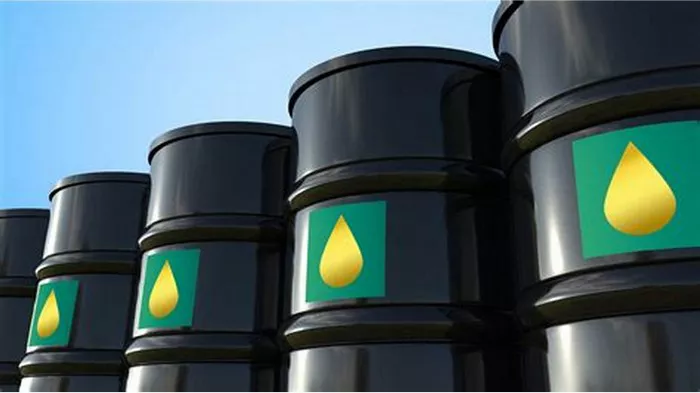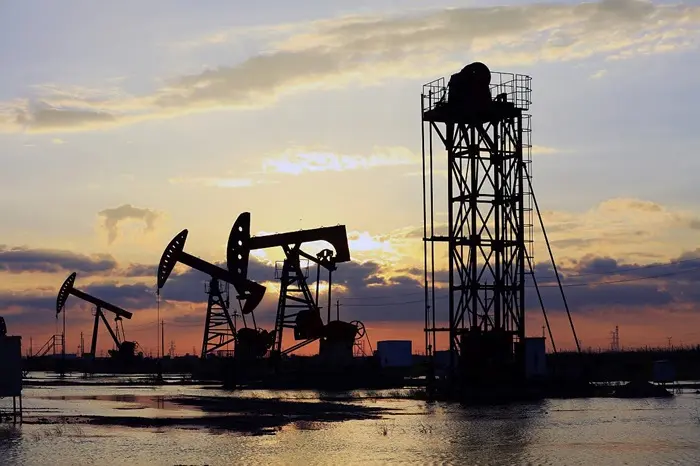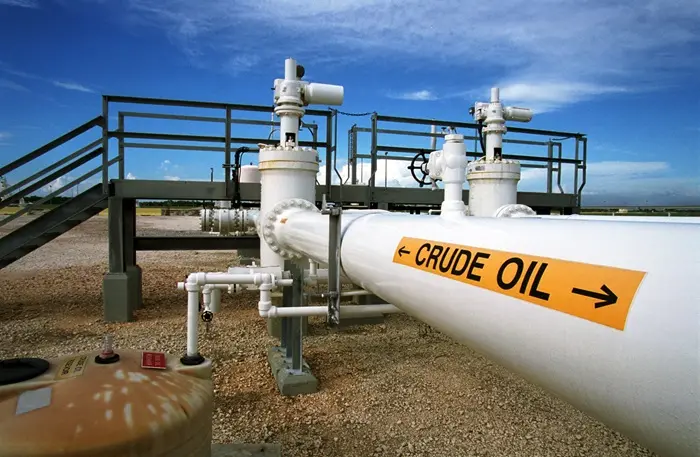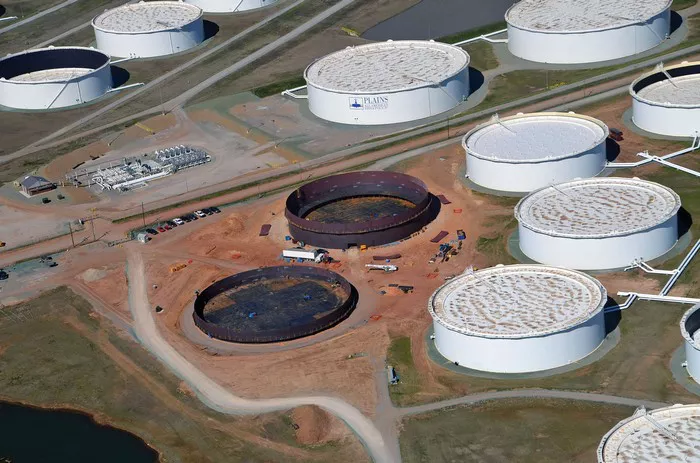The United States is one of the largest producers of crude oil in the world. In recent years, the U.S. has significantly increased its oil production, largely due to advancements in extraction technologies such as hydraulic fracturing and horizontal drilling. A substantial portion of this production is concentrated in just a few states. In fact, 5 states alone account for 56% of the nation’s crude oil production. This article explores these top-producing states, their contributions to the U.S. oil supply, and the factors that make them leading players in the industry.
1. Texas: The Oil Giant
Historical Significance
Texas has a long history of oil production, dating back to the discovery of the Spindletop oil field in 1901. This discovery marked the beginning of the Texas Oil Boom and established the state as a major player in the industry.
Current Production
Today, Texas remains the largest oil-producing state in the U.S., contributing more than 40% of the nation’s crude oil. The state’s production is centered in the Permian Basin and the Eagle Ford Shale, two of the most prolific oil-producing regions in the country.
Economic Impact
The oil industry is a significant driver of the Texas economy, providing jobs, generating tax revenue, and supporting a wide range of ancillary industries. The state’s robust infrastructure, including pipelines, refineries, and ports, further enhances its capacity to produce and transport oil efficiently.
2. North Dakota: The Bakken Boom
Geological Riches
North Dakota’s oil production surged with the development of the Bakken Shale formation. The Bakken, along with the Three Forks formation, has made North Dakota the second-largest oil producer in the U.S.
Technological Advances
Advances in drilling technology, particularly hydraulic fracturing, have been crucial to unlocking the oil trapped in these formations. These technologies have allowed producers to tap into reserves that were previously considered uneconomical.
Economic and Social Impact
The oil boom has transformed North Dakota’s economy, leading to low unemployment rates and substantial increases in state revenue. However, the rapid development has also brought challenges, including infrastructure strain and environmental concerns.
See Also: 5 Middle Eastern Countries with the Largest Crude Oil Reserves
3. New Mexico: Rising Star
Part of the Permian
New Mexico’s oil production is primarily located in the Permian Basin, which it shares with Texas. The state’s portion of the Permian has seen significant investment and development in recent years.
Production Growth
New Mexico has experienced rapid growth in oil production, making it one of the top three oil-producing states. This growth has been driven by both conventional drilling and hydraulic fracturing.
Economic Benefits
The increased oil production has had a positive impact on New Mexico’s economy, providing jobs and boosting state revenues. The state has also benefited from investments in infrastructure to support the oil industry.
4. Oklahoma: A Traditional Powerhouse
Historical Context
Oklahoma has a rich history of oil production, dating back to the early 20th century. The state has numerous oil fields, including the Anadarko Basin, which is one of the most productive areas in the U.S.
Current Status
Despite facing challenges from fluctuating oil prices, Oklahoma remains a top oil producer. The state continues to benefit from its established infrastructure and experienced workforce.
Economic Role
Oil production plays a vital role in Oklahoma’s economy, contributing to state revenues and providing employment. The industry also supports a range of service and supply companies that are critical to oil production operations.
5. Alaska: The Frontier Producer
Remote Riches
Alaska’s oil production is primarily located in the North Slope region, which includes the Prudhoe Bay oil field, one of the largest oil fields in North America.
Challenges and Opportunities
The harsh and remote environment of Alaska presents significant challenges for oil production, including high costs and logistical difficulties. However, the state’s vast reserves continue to attract investment and development.
Economic Impact
Oil is a cornerstone of Alaska’s economy, accounting for a significant portion of state revenue. The industry provides high-paying jobs and supports local businesses and communities.
Factors Driving Production in These States
Geological Advantages
The geological formations in these states are rich in oil reserves. The Permian Basin, Bakken Shale, Eagle Ford Shale, and Anadarko Basin are some of the most prolific oil-producing regions in the world.
Technological Innovations
Advancements in drilling and extraction technologies, particularly hydraulic fracturing and horizontal drilling, have been critical to increasing production. These technologies have made it possible to access oil reserves that were previously uneconomical to produce.
Economic Policies
State policies and regulations can significantly impact oil production. States that have supportive policies and streamlined regulatory processes are often more attractive to oil companies. Texas, for example, has a regulatory environment that is favorable to oil and gas development.
Infrastructure Development
Robust infrastructure is essential for efficient oil production and transportation. States with well-developed pipelines, refineries, and export facilities are better positioned to maximize their oil production potential.
Investment and Development
Continued investment in exploration and development is crucial for maintaining and increasing oil production. This includes investments in new drilling projects, infrastructure, and technology.
Environmental and Social Considerations
Environmental Impact
Oil production can have significant environmental impacts, including air and water pollution, habitat disruption, and greenhouse gas emissions. States and companies are increasingly focused on implementing measures to mitigate these impacts and promote sustainable practices.
Community Impact
Oil production can bring both benefits and challenges to local communities. While it can provide jobs and boost local economies, it can also strain infrastructure, increase cost of living, and impact quality of life. Engaging with communities and addressing their concerns is essential for sustainable development.
Future Outlook
Market Dynamics
The future of oil production in these states will be influenced by market dynamics, including global oil prices, demand trends, and geopolitical factors. While the U.S. is likely to remain a major producer, fluctuations in the global market can impact production levels and profitability.
Technological Advances
Ongoing technological advances will continue to play a critical role in shaping the future of oil production. Innovations in drilling, extraction, and environmental management will be key to sustaining production and minimizing impacts.
Regulatory Environment
The regulatory environment will also be a significant factor. Changes in state and federal policies, including regulations related to environmental protection and land use, can influence production levels and operational practices.
Sustainability and Transition
As the world moves towards more sustainable energy sources, the oil industry faces the challenge of balancing production with environmental and social responsibilities. The transition to renewable energy is likely to impact long-term production trends, but oil will continue to play a critical role in the energy mix for the foreseeable future.
Conclusion
The production of crude oil in the U.S. is highly concentrated in a few key states, with Texas, North Dakota, New Mexico, Oklahoma, and Alaska leading the way. These states have unique geological, technological, and economic advantages that make them top producers. While the industry faces challenges, including environmental and community impacts, it remains a vital part of the U.S. economy. The future of oil production will be shaped by a combination of market dynamics, technological advances, regulatory changes, and the transition towards more sustainable energy sources. Understanding the factors that drive production in these states provides valuable insights into the broader landscape of the U.S. oil industry.
Related topics:

